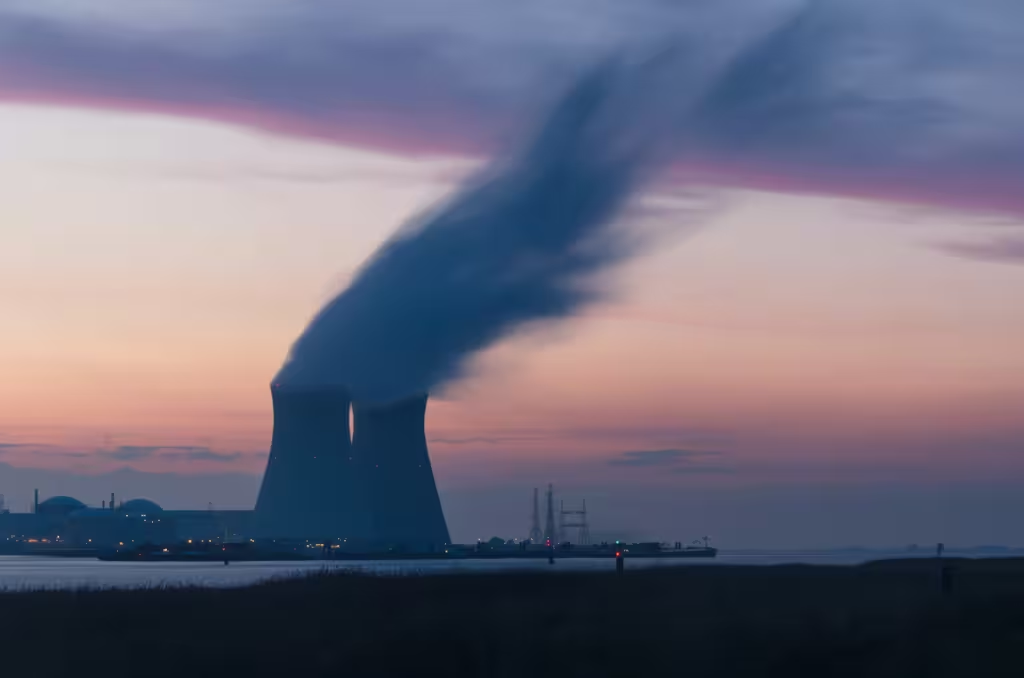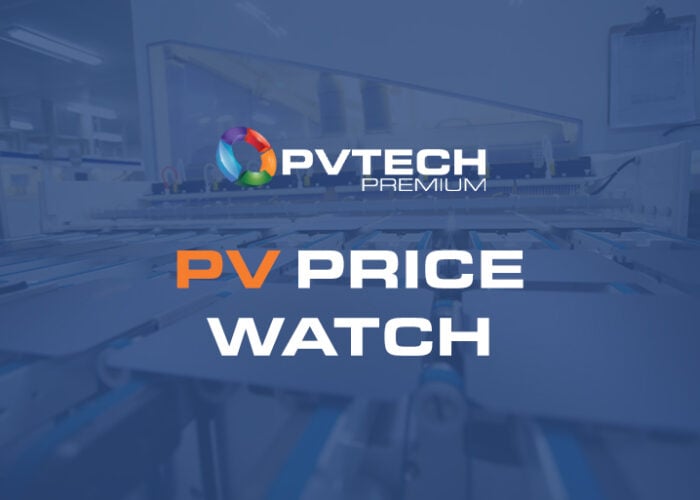
New energy security hazards will be central to the global clean energy transition over the next decade as the world’s electricity demand grows, according to the International Energy Agency (IEA).
In its World Energy Outlook 2024 report, the IEA said that geopolitical tensions and fragmentation are “major risks” for international energy supply security and coordinated efforts to reduce carbon emissions. As many effects of the energy crisis of 2022 recede, the risk of further disruptions is “very high”, the report said.
Try Premium for just $1
- Full premium access for the first month at only $1
- Converts to an annual rate after 30 days unless cancelled
- Cancel anytime during the trial period
Premium Benefits
- Expert industry analysis and interviews
- Digital access to PV Tech Power journal
- Exclusive event discounts
Or get the full Premium subscription right away
Or continue reading this article for free
On a broad scale, it highlighted the conflicts which have ignited in the Middle East and the ongoing war in Ukraine which have the potential to destabilise fossil fuel supply, as happened when Russia invaded Ukraine in 2022.
The main risk for clean energy technologies comes from the concentration of supply chains in very few countries—predominantly China. The report shows that manufacturing supply chains for solar PV, batteries, wind turbines and critical mineral mining operations like cobalt, lithium, and copper will be dominated by the leading global supplier until at least 2030.
‘Every story is a China story’
IEA executive director Fatih Birol said: “As with many other global energy trends today, China is a major part of what is happening.
“Whether it’s investment, fossil fuel demand, electricity consumption, deployment of renewables, the market for EVs, or clean technology manufacturing, we are now in a world where almost every energy story is essentially a China story.
“Just one example: China’s solar expansion is now proceeding at such a rate that, by the early 2030s – less than ten years from now – China’s solar power generation alone could exceed the total electricity demand of the United States today.”
This will likely be of little surprise to PV Tech readers. China has been the dominant force in solar deployments and manufacturing for years and currently has a manufacturing capacity that more than doubles global solar demand. A Bloomberg New Energy Finance (BNEF) report from early this year said there was a “glut” of solar manufacturing capacity and no new factories will be required by 2030.
As the 2022 energy crisis showed, reliance on a single major supplier can become a vulnerability when geopolitical events unfold.
However, the IEA identified a key difference between clean energy supply chains – which are based on material manufacturing – and fossil fuel supply chains, which rely on the raw materials themselves:
“With traditional fuels, a shortage in supply means that consumers immediately face higher prices to continue operating existing equipment such as cars and boilers. With clean energy, a shortage in supplies would tend to increase the cost of new equipment but would have little immediate effect on the cost of using existing equipment.”
‘The age of electricity’
The World Energy Outlook said that, based on today’s policy landscape, electricity demand is set to increase by the equivalent of Japan’s entire demand each year. This increase could be even greater if global pledges and net zero commitments come to fruition.
Electricity demand has grown at twice the pace of overall energy demand over the last decade, the report said, and this will “increasingly be based on clean sources of electricity,” Birol added.
But enabling this growth requires greater investment in electricity grids and energy storage technologies, the IEA said.
“A larger share of variable renewables raises the potential for imbalances between available supply and demand,” the report said. “Electricity storage, stronger grids, demand-side response and dispatchable low-emissions sources of power are essential to meet flexibility requirements in clean energy transitions.”
It said that for every dollar spent on renewable power generation, 60 cents are spent on grids and storage. Infrastructure is not keeping pace with power expansion.
And despite the expansions of solar PV and wind capacity across the world, clean energy is not keeping pace with electricity demand, particularly in developing countries. Global output from low-emissions technologies, including renewables, nuclear, hydrogen and carbon capture, increased by 4,800TWh between 2010 and 2023; in the same period, total electricity consumption rose by 8,400TWh. The gap was filled by expansions in coal- and gas-fired generation.
‘Ensuring energy supply and addressing the climate crisis’
The IEA said that the world has the potential to transition its energy systems faster. Most obviously, the vast excess of global solar manufacturing capacity could be deployed more effectively.
“Over the past five years, annual solar capacity additions quadrupled to 425GW, but annual manufacturing capacity is set for a sixfold increase to more than 1,100GW”, the report said.
It continued: “Bringing these technologies at scale to developing economies would be transformative for the global outlook… This requires concerted efforts to facilitate investment in developing economies by addressing risks that push up the cost of capital.”
Developing economies are some of the most underserved and least developed in the transition to clean energy sources. The report said that policy uncertainty and high cost of capital have held back investment in many of these regions.
A report from the International Renewable Energy Agency (IRENA) earlier this week found that solar PV is the only technology on track to meet its 2030 investment targets required by the COP28 consensus reached last year. Despite this, investment is inequitable across the world.
Faster clean energy deployments have positive impacts on energy security, the IEA said, as the supply chain is inherently less volatile for consumers and can be more readily diversified than fossil fuels. Efforts to diversify the solar supply chain are ongoing in the US, India and, to a lesser extent, Europe, though oversupply and low prices have made this challenging.
In the foreword to the report, Birol wrote: “Energy security and climate action go hand-in-hand: the world does not need to choose between ensuring reliable energy supplies and addressing the climate crisis. This is because deploying cost-competitive clean energy technologies represents a lasting solution not only for bringing down emissions, but also for reducing reliance on fuels that have been prone to volatility and disruption.”






